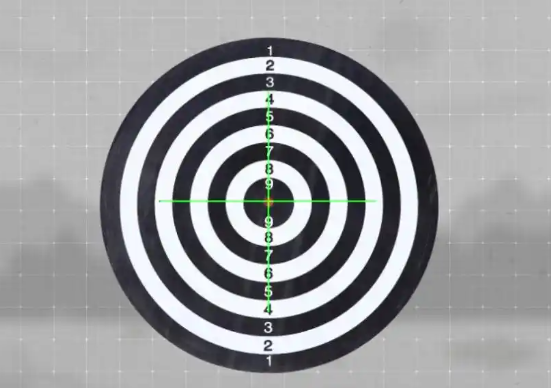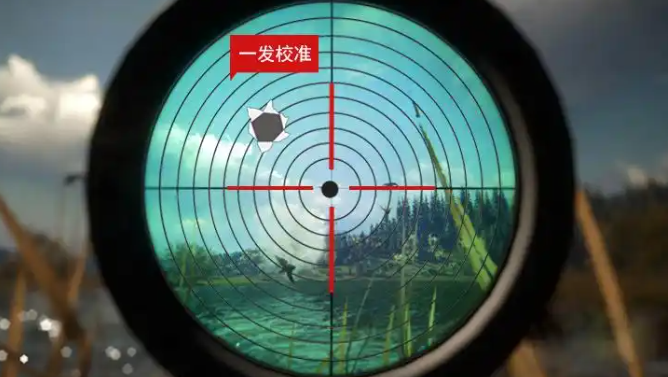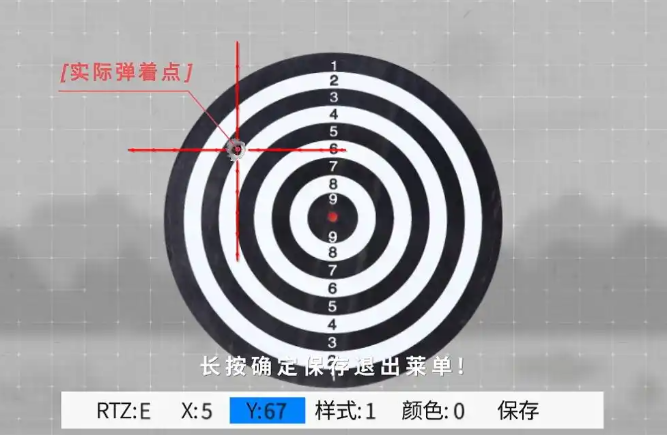After carefully selecting and buying a thermal imaging night vision scope that suits your taste, the first thing to do is to calibrate the crosshairs to zero. Some novices are confused. How to operate this crosshair zero calibration? Don't worry, today the editor will bring you a detailed tutorial!

01.What is crosshair zero calibration?
Crosshair zero calibration means aligning the center point of the splitting line of the scope with the impact point at a commonly used shooting distance, so that the position aimed at by the center point at this specific distance is the actual impact point.
02.Why do you need to do crosshair zero calibration?
Usually, after getting a new thermal imaging night vision scope, you need to perform crosshair zero calibration in order to make the shooting more accurate. We determine a commonly used target distance, such as 50 meters. After the crosshair zero calibration, excluding the influence of external natural factors, shooting at the target at this distance can basically achieve the goal of hitting wherever you point. For targets outside the zero distance, you need to use the dense dot point in the thermal imaging night vision scope as the aiming basis.

03.How to operate the crosshair zero calibration?
1. Select the zero distance
Before doing the crosshair zero calibration, you must first determine a zero distance. Are you familiar with the zero distance? Yes, it was mentioned in the previous article "Thermal Imaging + Intelligent Ballistic Calculation, Novice Outline Sharpshooter". If you don't know it yet, you can read this article. It should be noted here that when selecting a target at a certain distance, the target must be able to clearly see the impact point in the scope.

2. Shoot once
After presetting the target distance, choose a stable shooting position and rotate the objective lens focusing wheel of the onick thermal imaging night vision scope to ensure that the target is clear. Open the scope menu, find the crosshair zero calibration bar, click to enter the sub-page, aim at the center point of the target, and shoot once after aiming.
3. Crosshair zero calibration operation
After shooting, keep the scope stable. Click the [OK] button in the crosshair zero calibration screen and move to the X-axis or Y-axis. Click the [+] or [-] button again, and the screen will freeze automatically.
Continue to adjust the position of the X-axis and Y-axis using the [+] or [-] button. Note that the [+] button is the positive pole of the coordinate axis and the [-] button is the negative pole of the coordinate axis. Move the center of the scope to the impact point just shot and overlap it.

You can also choose the style and color of the crosshairs according to your personal preferences or the environment in which the scope is used. There are 6 styles and 4 colors to choose from. Remember to click Save after confirming.
04.Frequently Asked Questions
Q1: How to choose the zeroing distance?
The choice of zeroing distance depends on different environments, different targets, different equipment, and the user's skill level. Whether participating in hunting activities or shooting practice, there will be a commonly used distance, which can be set as the zeroing distance.

Q2: How many times is it appropriate to zero?
Onick's thermal imaging night vision device can store five sets of crosshair zeroing calibration data at different distances. I personally recommend saving two sets of zeroing data, choosing the close distance and long distance that are usually used.

Q3: How to adjust the crosshairs if they are biased upward or downward?
You can place shims on the lower part of the front and back of the thermal imaging night vision device to adjust the level of the sight. For example, when the sight is biased upward, you can place shims on the back of the fixture, that is, near the eyepiece. When the sight is biased downward, you can place shims on the front of the fixture, that is, near the objective lens.
If you have any questions after reading this, please tell me in the comment section!


